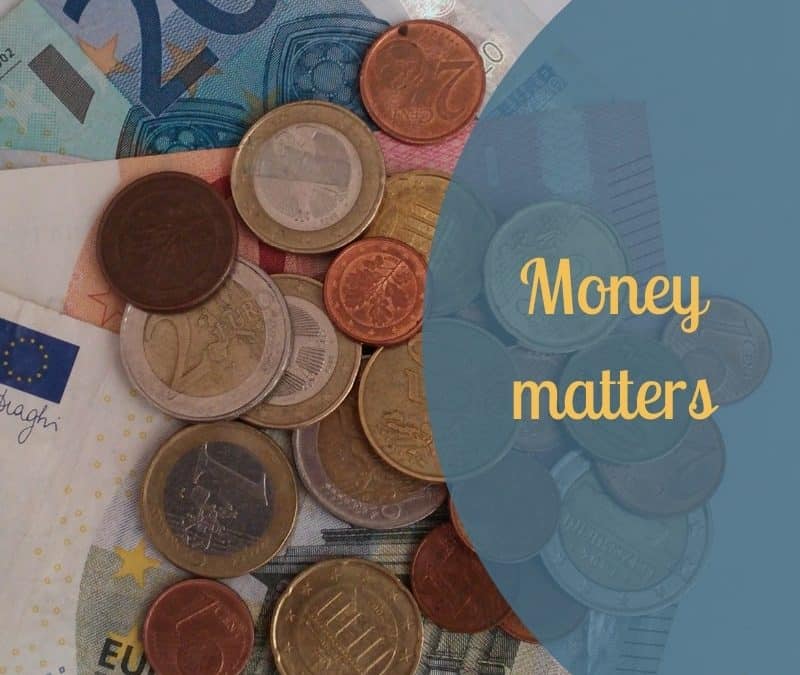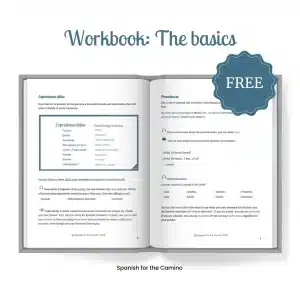Money matters |
There’s a phrase that is repeated a lot in Camino forums and groups:
Cash is king.
And it’s true. Albergues, cafeterías, bares and most of the small shops where you will stop only take efectivo (cash).
That means you always need to carry some dinero (money); euros, to be precise. And céntimos (cent). Billetes (notes) bigger than €50 will be difficult to change, so I would avoid them. Smaller billetes (€5, €10, €20) and a few monedas (coins) are your best choice for your daily expenses.
But it’s OK; you don’t need to carry large amounts of dinero on you. You can withdraw from cajeros automáticos or simply cajeros (ATM) along the Camino, maybe once a week. On average, people budget around 30-40 euros per day to pay for accommodation, food and snacks. This will give you an idea of how much to withdraw.
Most of us have at least one tarjeta (card), either de débito or de crédito. Or both. You will be able to use them to withdraw dinero from cajeros and to pay for hotels, restaurants and purchases in bigger shops in bigger towns.
Different countries and banks have different types of cards with different conditions, so it’s hard to give very specific advice, but if you are planning to use your tarjetas during your Camino, there are some things you should take into consideration.
Money tips
- Before you travel, check your card’s conditions (fees and exchange rates) to avoid unpleasant surprises. For instance, tarjetas de crédito generally attract more fees than tarjetas de débito when withdrawing dinero from cajeros.
If your card’s charges are too high, you might want to consider a prepaid card. Correos, the Spanish post office, has one. All info here: https://correosprepago.es
- Let your bank know you are travelling. Otherwise, they might think the activity on your tarjeta looks suspicious and block it.
- Visa and Mastercard are the most widely accepted cards. It might be hard to find places that accept others such as American Express.
- Make sure your card has a 4-digit PIN number.
- If you are asked whether you want to be charged in euros or your own currency, always choose euros. The exchange rate will be better.
- As much as possible, try to use cajeros when the banks are open. If there’s any issue, such as your card being swallowed, you can go in and try to resolve it at once (opening hours are usually 8:30-14:30).
So, do you think you could ask these in Spanish? You can leave your answers in the comments below.
Can I pay with a card?
or
Where is there an ATM?
Today’s Spanish words
Efectivo
Dinero
Euro
Céntimo
Cajero
Tarjeta
De crédito
De débito
Moneda
Billete
Make sure you don’t miss any posts by subscribing for free here. That way, when a new post is out, you will get it in your inbox. And… you get access to exclusive content too.



